If you've ever experienced a flooded kitchen sink, you know how stressful and messy it can be. Not only do you have standing water to deal with, but you also have to worry about potential water damage to your cabinets and floors. But don't panic, there are steps you can take to fix your flooded kitchen sink and prevent it from happening again in the future. First, turn off the water supply to your sink. This will prevent any more water from entering the sink and exacerbating the problem. Next, try to identify the source of the flood. It could be a clogged drain, a broken pipe, or even a malfunctioning garbage disposal. If you're able to identify the problem, you can attempt to fix it yourself or call a plumber for assistance. If the issue is a clogged drain, try using a plunger to dislodge the blockage. You can also try using a mixture of baking soda and vinegar to break down any buildup in the pipes. If the clog is stubborn, you may need to use a plumbing snake to clear it out. For a broken pipe, you'll need to call a professional plumber to repair or replace it. In the meantime, you can use a bucket or large bowl to catch any water that continues to leak out. If the problem is a malfunctioning garbage disposal, you may be able to fix it yourself by pressing the reset button on the bottom of the unit. If that doesn't work, you'll need to call a plumber to repair or replace the disposal. Once you've addressed the source of the flood and fixed the problem, you can start cleaning up the water. Use towels or a wet/dry vacuum to soak up as much water as possible. Then, use a mild detergent to clean the affected area and prevent any mold or mildew from forming.1. How to Fix a Flooded Kitchen Sink
If you weren't able to fix the issue causing the flooded sink in time, you may be dealing with water damage in your kitchen. This can be a costly and time-consuming problem, but it's important to address it as soon as possible to prevent further damage. The first step is to remove any standing water and dry out the affected area. You can use towels, a wet/dry vacuum, or even a dehumidifier to speed up the process. It's important to thoroughly dry out the area to prevent mold growth. Next, assess the damage to your cabinets and floors. If they are still in good condition, you can simply clean and disinfect them to prevent any mold or mildew growth. However, if the damage is extensive, you may need to replace the affected areas. If you have homeowner's insurance, check to see if water damage is covered. This can help offset the cost of repairs or replacements. It's also a good idea to document the damage with photos and keep any receipts for repairs or replacements. To prevent future water damage, make sure to regularly check for leaks or clogs in your sink and address them promptly. You can also install a leak detection system or water shut-off valve to help prevent large floods from occurring.2. Dealing with Water Damage in Your Kitchen
Kitchen sink overflows can happen for a variety of reasons, but no matter the cause, it's important to handle the situation quickly to prevent water damage. The first step is to turn off the water supply to your sink, as this will stop any more water from entering the sink and overflowing. Next, try to determine the cause of the overflow. It could be a clogged drain, a broken pipe, or even a malfunctioning dishwasher or washing machine. If you can identify the issue, you can attempt to fix it yourself or call a professional for assistance. If the problem is a clogged drain, try using a plunger or a mixture of baking soda and vinegar to clear the blockage. If the clog is severe, you may need to use a plumbing snake or call a plumber for help. If the issue is a broken pipe, shut off the water supply to your home and call a plumber for repairs. In the meantime, you can use a bucket or large bowl to catch any water that continues to leak out. If the cause of the overflow is a malfunctioning appliance, such as a dishwasher or washing machine, you'll need to turn off the water supply to that appliance and have it repaired or replaced. Once you've addressed the source of the overflow and fixed the problem, you can start cleaning up the water. Use towels or a wet/dry vacuum to soak up as much water as possible. Then, disinfect the affected area to prevent any mold or mildew growth.3. What to Do When Your Kitchen Sink Overflows
Prevention is key when it comes to kitchen sink flooding. By taking some simple steps, you can greatly reduce the likelihood of experiencing a flooded sink in the future. Regularly check for any leaks or clogs in your sink and address them as soon as possible. This can prevent small issues from turning into larger ones. You can also install a drain strainer to catch any food scraps or debris that may clog your pipes. If you have a garbage disposal, make sure to use it properly and avoid putting large amounts of food down the drain at once. You should also avoid pouring grease or oil down the drain, as these can solidify and cause clogs. It's also a good idea to periodically check the pipes under your sink for any leaks or damage. If you notice any issues, have them repaired promptly to prevent further damage. Lastly, consider installing a leak detection system or water shut-off valve. These can help alert you to any potential issues and prevent large floods from occurring.4. Preventing Kitchen Sink Flooding
Water coming up through the kitchen sink can be a frustrating and messy problem. There are several potential causes for this issue, including a clogged drain, a broken pipe, or even a septic tank backup. If the problem is a clogged drain, try using a plunger or a mixture of baking soda and vinegar to clear the blockage. You can also use a plumbing snake to dislodge the clog. If the issue is a broken pipe, you'll need to call a plumber for repairs. If you suspect a septic tank backup, call a professional to have it inspected and pumped if necessary. In the meantime, avoid using your kitchen sink and toilets to prevent further backups. Another potential cause of water coming up through the kitchen sink is a malfunctioning garbage disposal. If this is the case, try pressing the reset button on the bottom of the unit. If that doesn't work, you may need to call a plumber to repair or replace the disposal.5. Causes of Water Coming Up Through the Kitchen Sink
A backed-up kitchen sink can be a major inconvenience, but there are steps you can take to unclog it and get your sink draining properly again. First, try using a plunger or a mixture of baking soda and vinegar to break up the clog. You can also use a plumbing snake to dislodge the blockage. If these methods don't work, you may need to call a plumber for assistance. If the clog is caused by grease or oil, you can try pouring boiling water down the drain to break it up. You can also use a commercial drain cleaner, but be sure to follow the instructions carefully and take precautions to protect yourself and your pipes. To prevent future clogs, make sure to properly dispose of food scraps and avoid pouring grease or oil down the drain. You can also use a drain strainer to catch any debris before it enters your pipes.6. How to Unclog a Kitchen Sink That is Backing Up
If your kitchen has been flooded with water, it's important to act quickly to minimize the damage. The first step is to turn off the water supply to your home to stop any more water from entering the affected area. Next, unplug any appliances or electronics in the flooded area and move them to a dry location. If possible, remove any furniture or other items that may be damaged by the water. If the flood was caused by a broken pipe or appliance, call a plumber for repairs. In the meantime, use a wet/dry vacuum or towels to soak up as much water as possible. Once the water has been removed, use a mild detergent to clean and disinfect the affected area. You may also want to use a dehumidifier to dry out the space and prevent mold or mildew growth.7. Steps to Take When Flood Water Enters Your Kitchen
Cleaning up after a kitchen sink flood can be a daunting task, but there are steps you can take to make the process easier and more effective. First, remove any standing water using towels, a wet/dry vacuum, or a mop. Next, use a mild detergent to clean and disinfect the affected area. Be sure to thoroughly dry the area to prevent mold or mildew growth. If your cabinets or floors have been damaged by the flood, you may need to replace them. If you have homeowner's insurance, check to see if water damage is covered to help offset the cost of repairs or replacements. To prevent future floods, make sure to address any leaks or clogs in your sink promptly and regularly check your pipes for any damage. You can also install a leak detection system or water shut-off valve for added protection.8. How to Clean Up After a Kitchen Sink Flood
Kitchen sink flooding can happen for a variety of reasons, but some causes are more common than others. The most common reason for a flooded sink is a clogged drain. This can be caused by food scraps, grease, hair, or other debris that has built up in the pipes. Another common cause of kitchen sink flooding is a broken pipe. This can be due to age, corrosion, or damage from outside forces. A broken pipe can also lead to leaks and water damage in other areas of your home, so it's important to address the issue as soon as possible. Other potential causes of a flooded sink include a malfunctioning garbage disposal, an overflowing dishwasher or washing machine, or a septic tank backup. Regular maintenance and prompt repairs can help prevent these issues from occurring.9. Common Reasons for Kitchen Sink Flooding
No one wants to deal with a flooded kitchen sink, so taking preventative measures is key to avoiding this issue in the future. Regularly check your sink for any leaks or clogs and address them promptly. Use a drain strainer to catch any food scraps or debris before they can clog your pipes. Be mindful of what you put down your sink and avoid pouring grease or oil down the drain. You can also use a mixture of baking soda and vinegar to help keep your pipes clear of buildup. If you have a garbage disposal, use it properly and avoid overloading it with large amounts of food at once. Regularly clean and maintain your disposal to prevent malfunctions. Lastly, consider installing a leak detection system or water shut-off valve to help prevent large floods from occurring in the future.10. Tips for Avoiding Kitchen Sink Flooding in the Future
Flood Water in the Kitchen Sink: Causes and Prevention

The Dangers of Flood Water in the Kitchen Sink
 Flood water coming in through the kitchen sink can be a homeowner's worst nightmare. Not only can it cause damage to your house and belongings, but it can also pose serious health risks. The kitchen sink is connected to the main sewage line, which can become overwhelmed during heavy rainfall or flooding. This can cause contaminated water to back up and flood the sink, bringing with it bacteria, viruses, and other harmful substances. In addition, standing water in the sink can also attract pests and insects, creating an unsanitary and potentially dangerous environment.
Flood water coming in through the kitchen sink can be a homeowner's worst nightmare. Not only can it cause damage to your house and belongings, but it can also pose serious health risks. The kitchen sink is connected to the main sewage line, which can become overwhelmed during heavy rainfall or flooding. This can cause contaminated water to back up and flood the sink, bringing with it bacteria, viruses, and other harmful substances. In addition, standing water in the sink can also attract pests and insects, creating an unsanitary and potentially dangerous environment.
Common Causes of Flooding in the Kitchen Sink
 There are several reasons why flood water may enter your kitchen sink. One of the most common causes is a clogged drainage system. Over time, debris such as food scraps, grease, and soap scum can build up in the pipes, obstructing the flow of water and causing it to back up into the sink. Another possible cause is a malfunctioning sump pump. This device is responsible for pumping excess water away from your house, but if it is not functioning properly, water can accumulate and cause flooding. Additionally, heavy rainfall or flash floods can also overwhelm the main sewage line and cause water to back up into the sink.
There are several reasons why flood water may enter your kitchen sink. One of the most common causes is a clogged drainage system. Over time, debris such as food scraps, grease, and soap scum can build up in the pipes, obstructing the flow of water and causing it to back up into the sink. Another possible cause is a malfunctioning sump pump. This device is responsible for pumping excess water away from your house, but if it is not functioning properly, water can accumulate and cause flooding. Additionally, heavy rainfall or flash floods can also overwhelm the main sewage line and cause water to back up into the sink.
Preventing Flood Water in the Kitchen Sink
 Fortunately, there are steps you can take to prevent flood water from entering your kitchen sink. Regularly cleaning and maintaining your drainage system can help prevent clogs and keep the water flowing smoothly. It is also important to check and maintain your sump pump to ensure it is working properly. In areas prone to heavy rainfall or flooding, installing a backwater valve can help prevent water from backing up into your house. In case of a flood warning, it is also advisable to elevate valuable items and appliances off the ground to minimize potential damage.
In conclusion, flood water in the kitchen sink can be a major issue for homeowners, posing health hazards and causing damage to property. Regular maintenance and preventative measures can help minimize the risk of this happening and keep your house safe and sanitary.
Fortunately, there are steps you can take to prevent flood water from entering your kitchen sink. Regularly cleaning and maintaining your drainage system can help prevent clogs and keep the water flowing smoothly. It is also important to check and maintain your sump pump to ensure it is working properly. In areas prone to heavy rainfall or flooding, installing a backwater valve can help prevent water from backing up into your house. In case of a flood warning, it is also advisable to elevate valuable items and appliances off the ground to minimize potential damage.
In conclusion, flood water in the kitchen sink can be a major issue for homeowners, posing health hazards and causing damage to property. Regular maintenance and preventative measures can help minimize the risk of this happening and keep your house safe and sanitary.




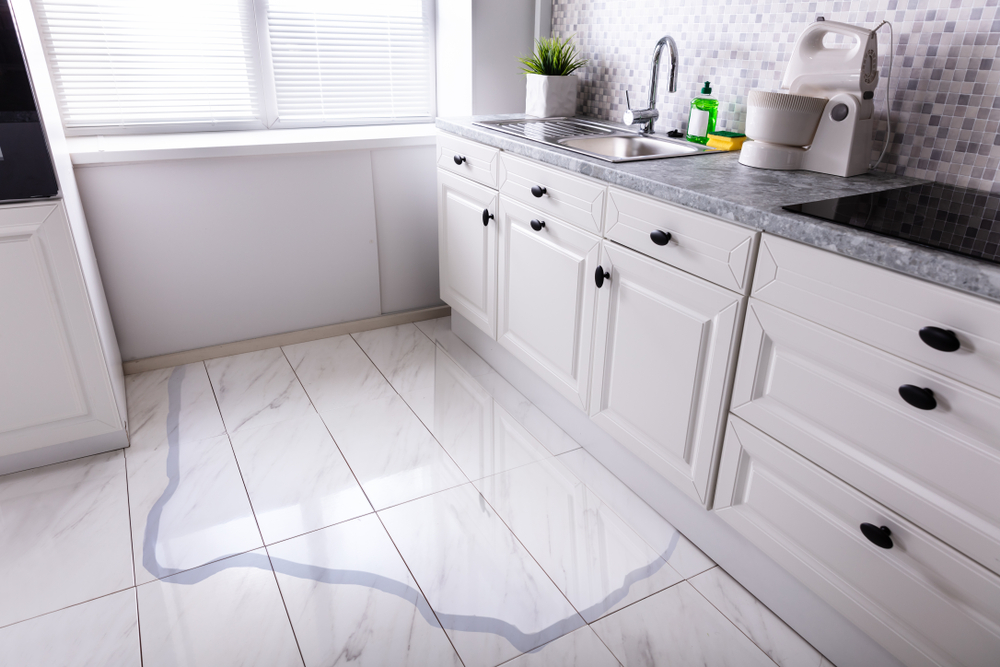
































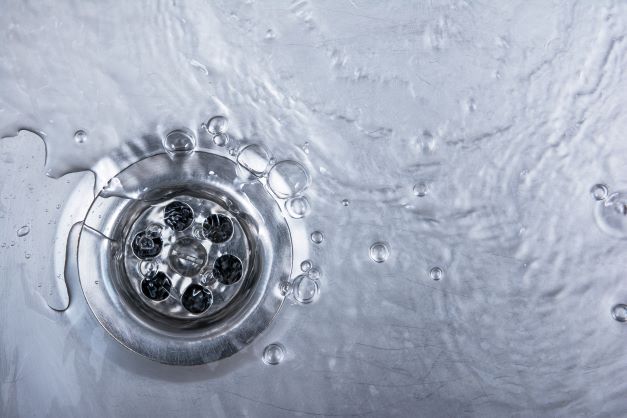













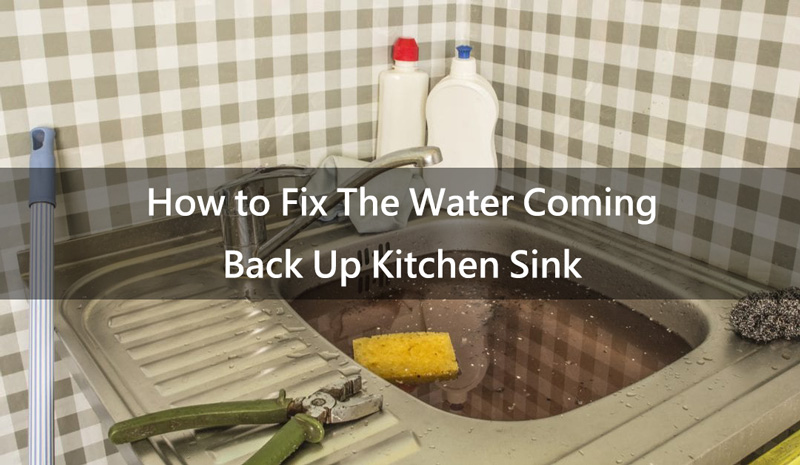









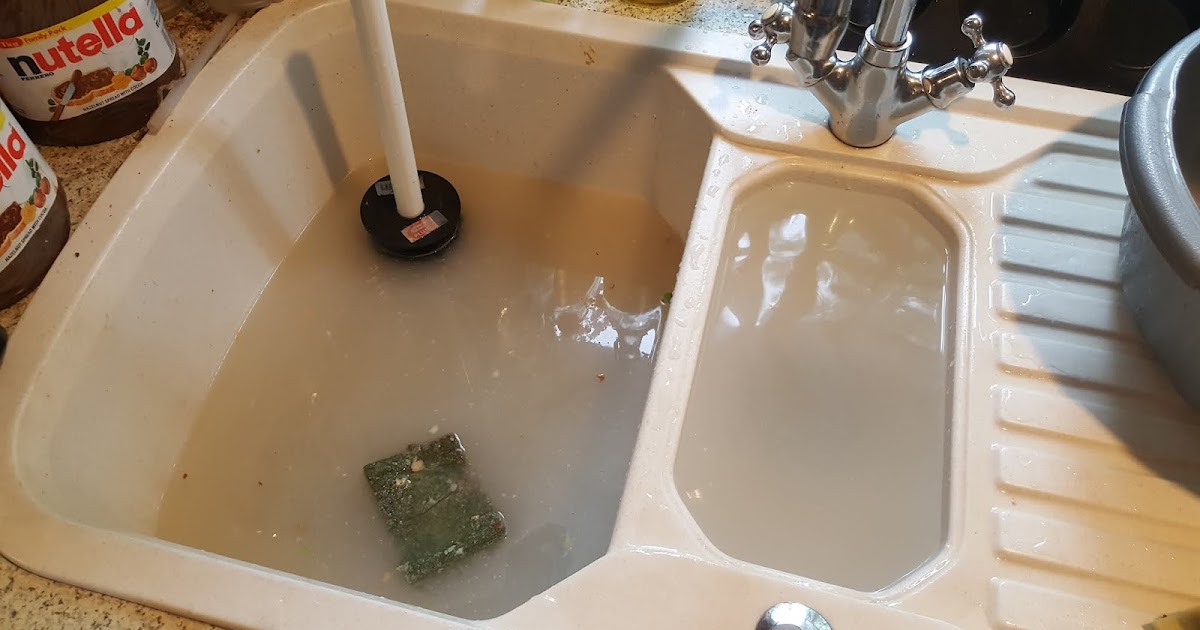









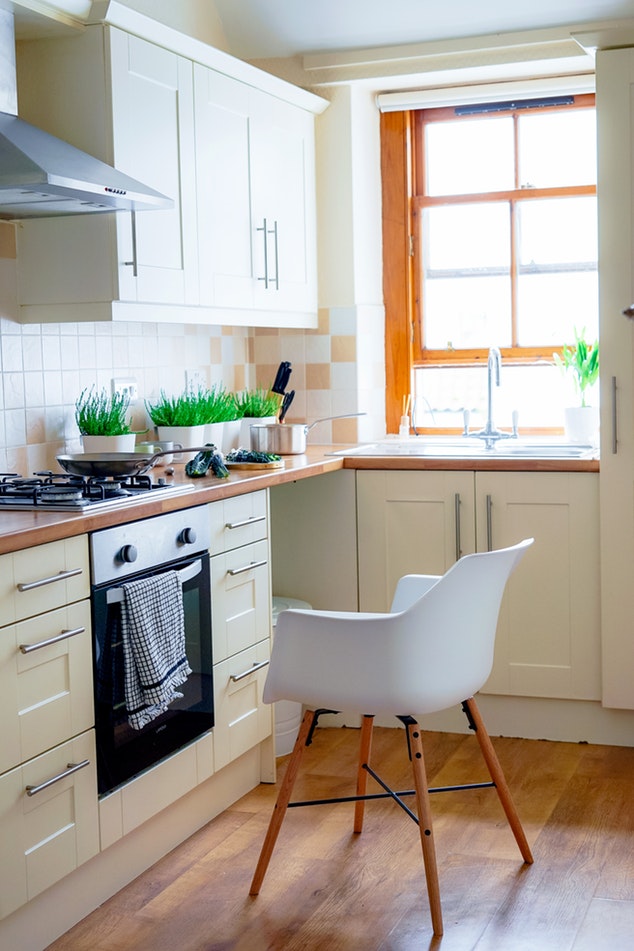








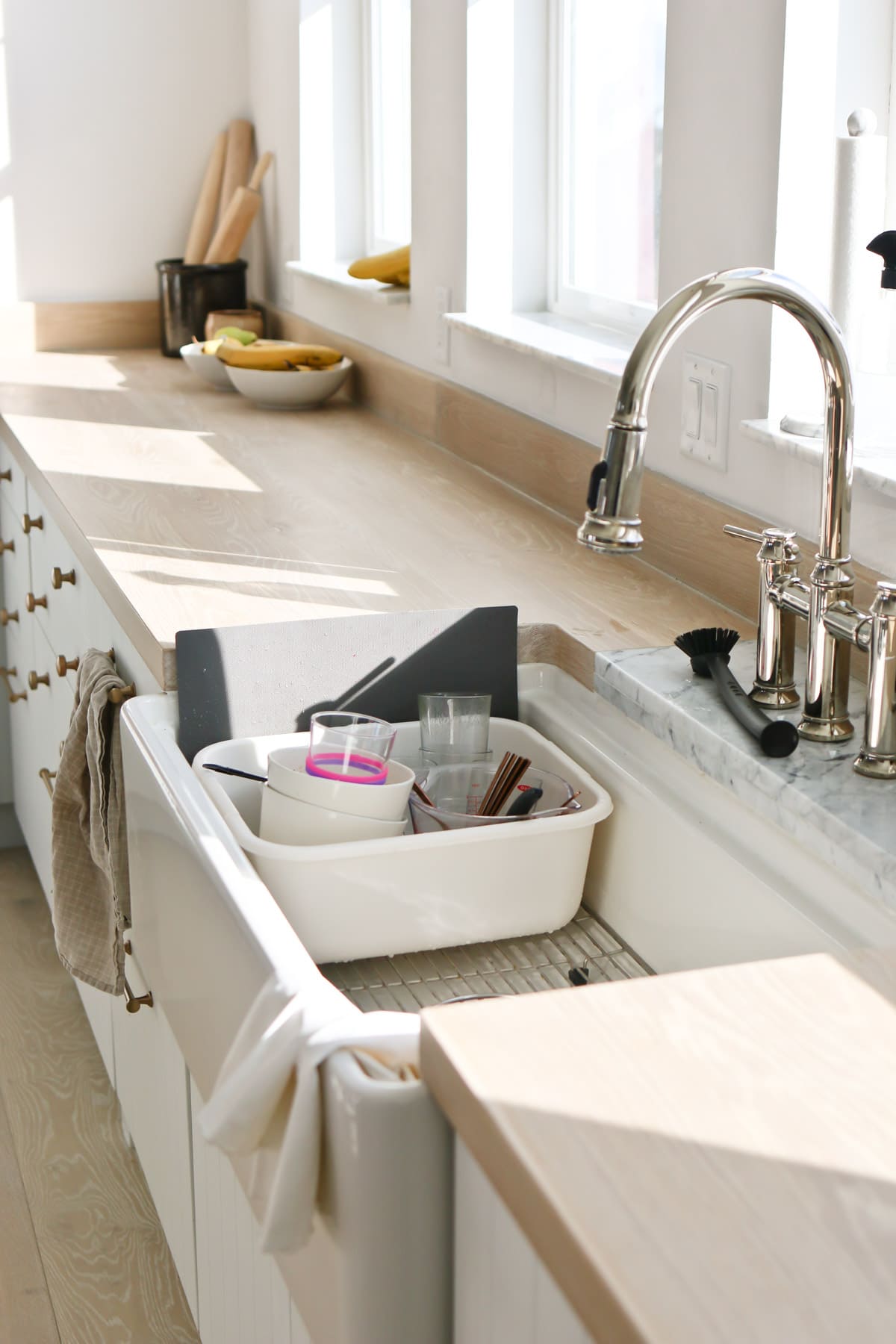







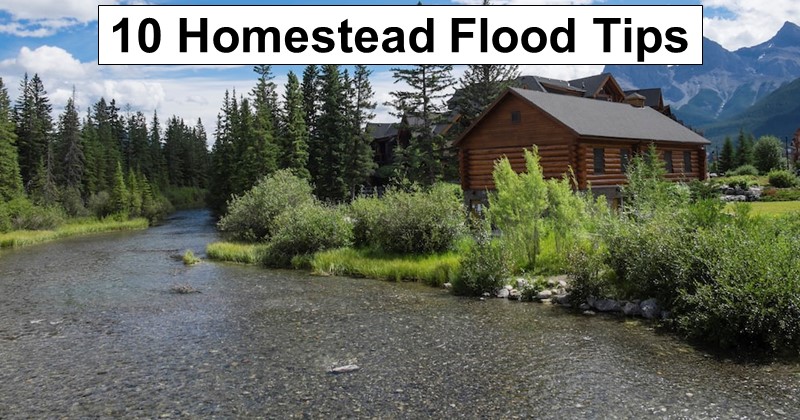






/AMI089-4600040ba9154b9ab835de0c79d1343a.jpg)



